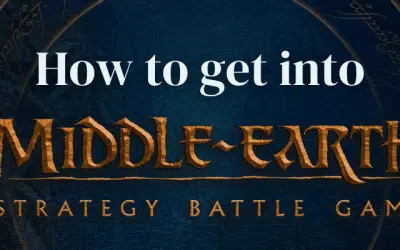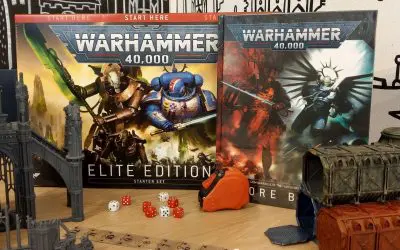Miniature Wargames
Painting miniatures – How to use paint

by Vlad, Quartermaster @ The Guild Hall
April 16 2020
A short disclaimer I do not consider myself a professional miniature painter and I will always paint my armies battle-ready. But what does it mean, battle-ready? Basically it means if you take a look at the table one meter away you can safely identify units of minis easily, but if you take a good look up close you can clearly see that I only used 5 or 6 colors, at most 10 in some rare cases on a miniature. It depends on you of course if you’d like my approach or would like to learn to paint them in more detail.
Either way there are some rules that I recommend you should follow when you start to paint:
- always use a primer before you apply your first coat of paint
- always thin your paints on your pallet with water at least
- it’s recommend that you use a palette to get that nice sharp tip on your brush
- always apply thin coats of paints so you don’t clog the details on the mini.
You can have a more detailed look at how to use paints and techniques on the Citadel website and check out these Youtube channels I really like:
You can find so many cool videos about this topic, here is just one to get you inspired.
On this picture you can see one of my first minis that I pained in 2007, I believe.
Read more from the blog
How to Get Into Middle-Earth Strategy Battle Game (MESBG)
reetings again, fellow wanderer! Do you feel like this scorching weather’s a good time to stay inside and play some wargames? Well, let me tell you all about how you can start your journey in Middle-Earth. Oh, it’s much simpler than at first glance, so you don’t need to sell your soul to Sauron. Well, at least not for this game…
Why Play Middle-Earth Strategy Battle Game (MESBG)
MESBG (Middle-Earth Strategy Battle Game) is a miniatures wargame designed by Games Workshop which puts you in the middle of the greatest moments in The Lord of the Rings and The Hobbit, right alongside all the iconic heroes and villains.
5 Easy Steps to Get Into Wargaming
Thinking of starting to play wargaming but you don’t know where should you start? Here’s 5 easy steps to get into wargaming!










